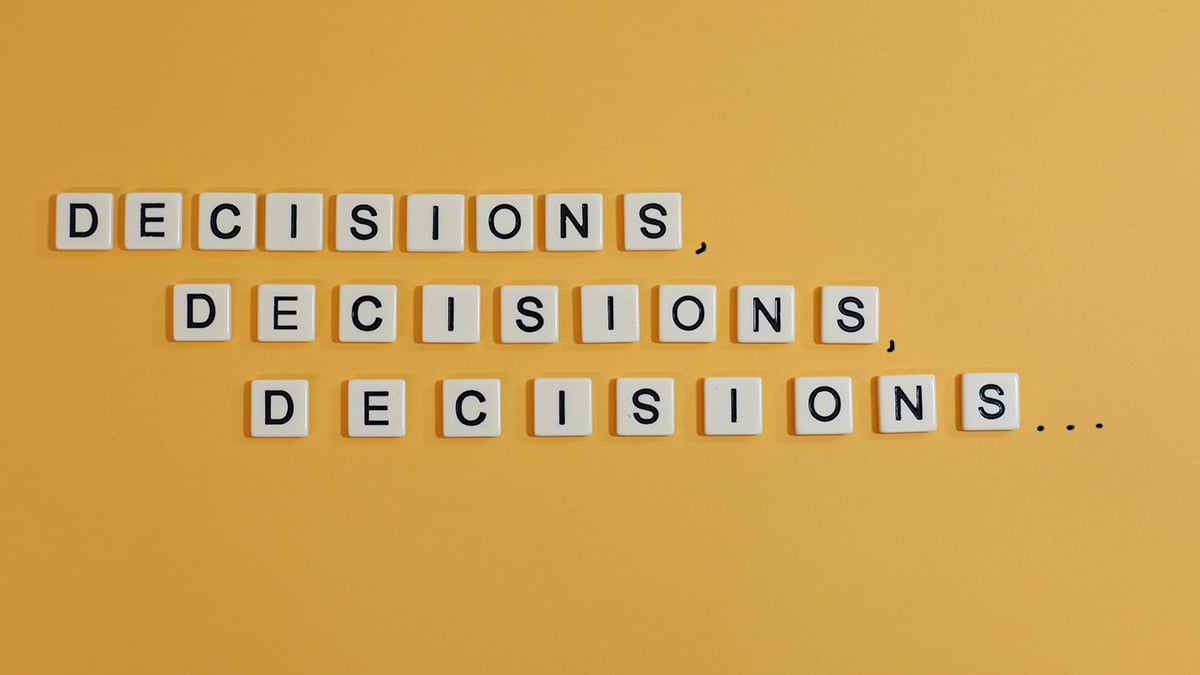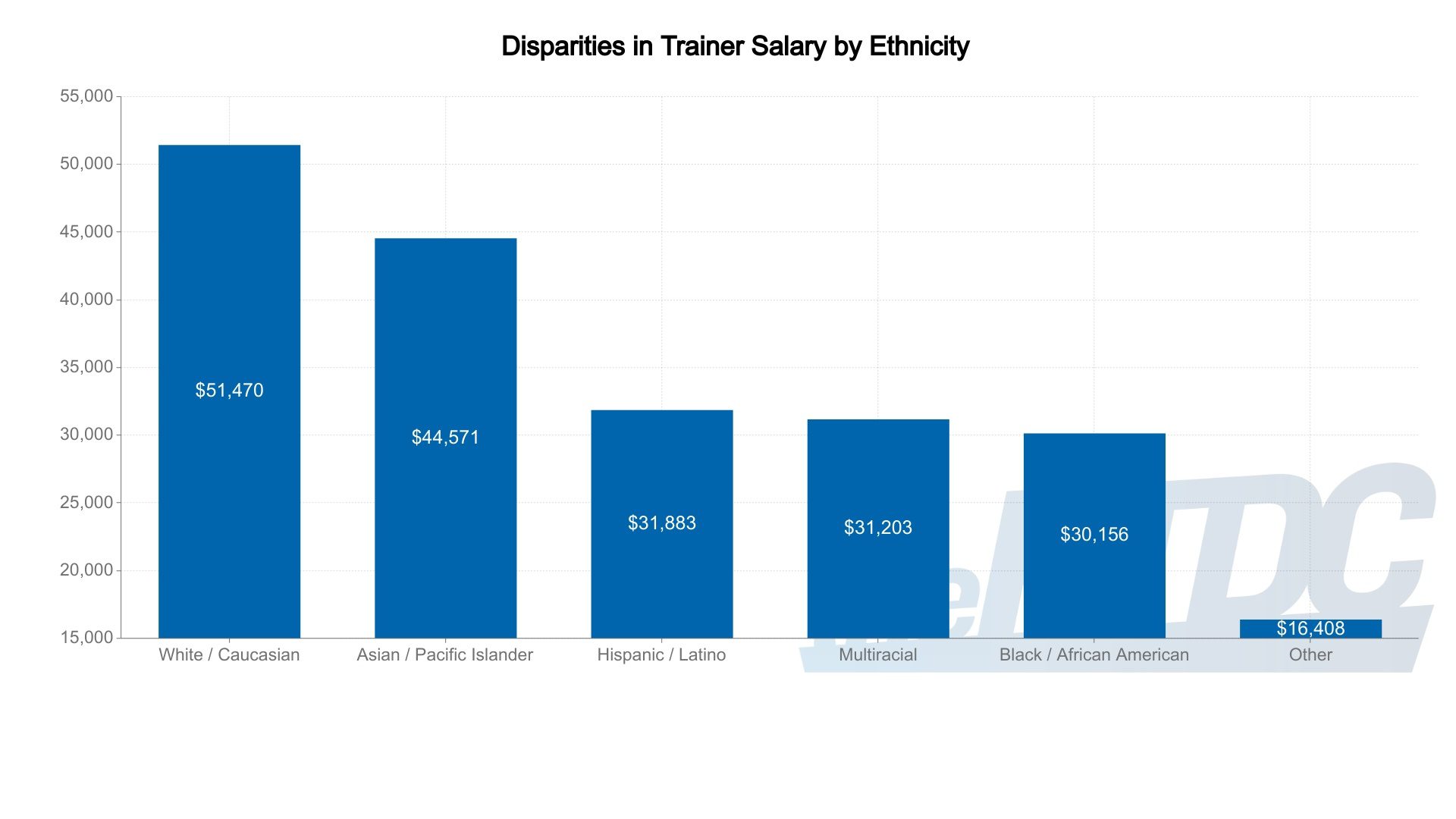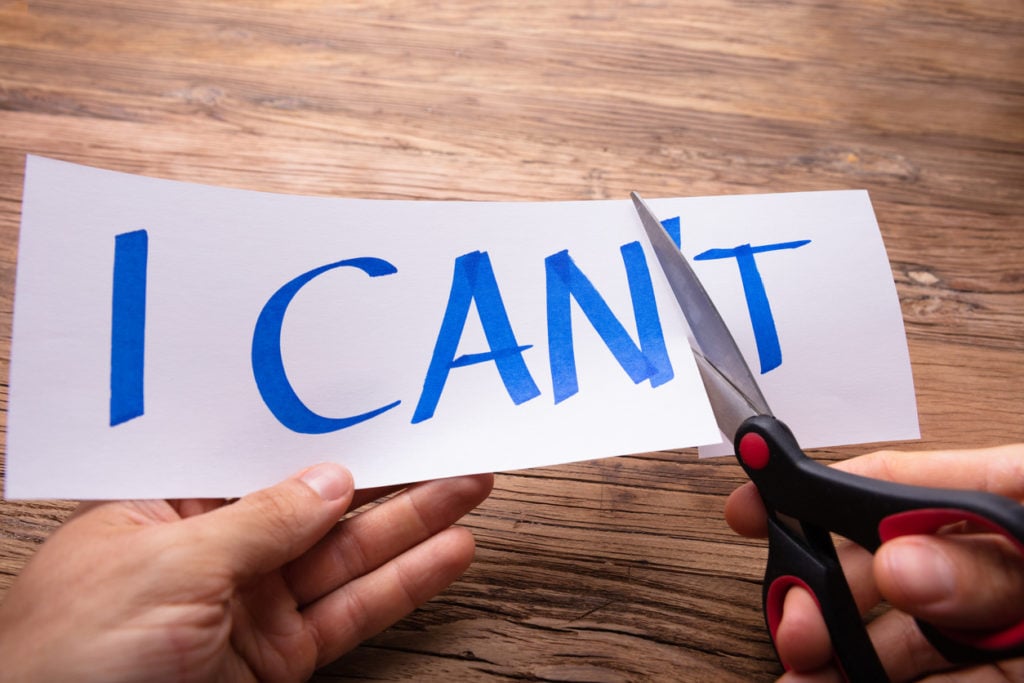Do you find it difficult to make major decisions? Some people would rather put off making hard decisions than confront them head-on.[1] Others rush through the process, ending up regretful and wishing they had taken more time deciding on a tough matter. Of course, the COVID-19 pandemic put more pressure on the process because we want to avoid making the wrong decisions as we try to adapt to the new abnormal.[2]
Yet, it’s not about how much time you spent making a decision that matters. Rather, it all boils down to your decision-making process and whether you use effective methods. Using the correct methods will also ensure that you won’t get held back by decision fatigue when the quality of your choices declines after a long bout of decision-making.[3]
Tough Decisions: Should You Listen to Your Gut?
Whether you are deciding on personal or professional matters, many major decisions are life-changing and must be approached with care. Unfortunately, many people rely on intuition for their decision-making process. Gut reactions are considered magical, acquired either by hard-earned experience or possessed by only a few experts. Popular gurus even reinforce these mystical beliefs with their advice.
However, research in cognitive neuroscience and behavioral economics shows that unbiased methods, not gut-based ones, improve one’s decision-making ability.[4] We have a lot more tools now in the information age to aid in our decision-making. That being said, it’s truly unfortunate that prominent gurus continue to advocate for intuition-based methods.
The reason why intuition is a bad tool for decision-making is that we are prone to dangerous judgment mistakes resulting from how our brains are wired. These errors are what scholars in behavioral economics and cognitive neuroscience refer to as cognitive biases.[5]
It’s a good thing that recent studies in these fields demonstrate how you can use pragmatic strategies to identify and defend yourself against these errors.[6]
8 Effective Ways to Make Hard Decisions Easier
Whether you’re about to make a personal or professional decision, you can follow data-driven and research-based approaches to make hard decisions easier. Note that efficient decision-making doesn’t depend on either innate talent or hard-earned personal experience. The reality is that it all boils down to efficient methods that are teachable and learnable.
Moving to a new city, asking for a raise, getting a graduate degree, deciding on whether to get into or out of a long-term relationship—all of these and many more represent important decisions. You can, of course, recover if you make the wrong ones during such life-altering junctures.
However, getting them wrong can cause terrible disruptions that can be completely avoided if you follow these 8 efficient methods.
1. Identify the Need to Make a Decision
This is crucial because it allows you to take notice even when there’s no outward problem signaling that you need to make a hard decision or when you initially feel that you just need to make a minor one. Don’t forget that your natural intuitions can also make it uncomfortable to admit that a difficult choice needs to be made.
Keep in mind that the best decision-makers take the initiative to admit the need for a decision before they become an all-out crisis. They also don’t let their gut reactions affect their decisions.
What will help you maximize this method is to make sure that you are asking the right questions. It’s common to waste a lot of time trying to analyze a problem by heading straight to the data and a hasty conclusion. Focusing on good questions will help you avoid this.
2. Get Relevant Information From a Diverse Set of Informed Perspectives
The information could be from a friend, a colleague, a mentor, or even someone you are not closely related to, as long as they have significant knowledge regarding the matter. Furthermore, limiting your data gathering to just informed perspectives will keep you from over-investing in unnecessary data.
Make sure not to dismiss perspectives with which you disagree. After all, opposing opinions allow you to distance yourself from relying on your gut instincts and allows you to see any possible bias blind spots.
3. Decide What Goals You Want to Reach
Using the relevant information you gathered, decide what goals you want to reach. Visualize the intended outcome of your decision-making.
It’s crucial to identify when a seemingly one-off decision is a sign of an underlying problem. Include dealing with these root problems as part of your end goal. This method will help you further streamline your decision-making process because it allows you to identify your targets clearly. This, in turn, helps steer your mind away from having to juggle too much information.
4. Form a Decision-Making Process Criteria
Form a decision-making process criteria to assess the different options of how you want to achieve your desired outcome. If possible, create the criteria before you even begin looking at your choices. Remember that our intuitions affect our decision-making process by pushing for outcomes that match our instincts. The result? You get worse results overall if you don’t make the relevant criteria before you examine your options.
5. Make a List of Potential Options That Can Help You Reach Your Goal
It’s quite common to generate an insufficient number of options when dealing with hard decisions, particularly when you need to address underlying issues. The best way to tackle this is to generate more options that seem intuitive to you. Aim for 5 attractive choices as the minimum.
Keep in mind that since this is a brainstorming method, you should avoid judging the options even if they seem outlandish. From what I’ve seen in my years of coaching people who were having difficulty making tough life decisions, the best choices usually involve elements that came from innovative options.
6. Examine the Options and Select the Best One
Avoid going with your initial choices when weighing your options. In addition, try your best to view your own preferred option in a harsh light. Another key point is to do your best to assess each choice from your opinion of the person who suggested it. This will minimize the effect of internal politics and relationships on the decision itself.
When examining options, avoid automatically choosing your original preferences. Also, view your own preferred choice in a harsh light and from many angles. Moreover, do your best to evaluate each option separately from your opinion of the person who proposed it. This will minimize the impact of personalities, relationships, and internal politics on the decision itself.
7. Implement the Option You Selected
Implementing this method calls for careful brainstorming and imagination. You will need to minimize your risks and maximize rewards because the goal is to arrive at the best decision possible.
To do so, first, imagine that your choice completely fails. Next, think about all the issues that led to its failure. Then, think of how you can solve these problems and integrate those solutions into the implementation plan.
The next step for this method is to imagine that your decision was a success. Next, think of the factors leading to its success, brainstorm how you can bring these reasons to life, and include what you came up with into rolling out the decisions.
8. Assess the Implementation of the Decision and Revise or Fine-Tune as Needed
Develop clear metrics of success that you can use during the implementation process. Check regularly if your implementation is meeting or surpassing the metrics. If it’s falling short, revise the implementation. There might even be instances when you’ll need to revise the original decision itself. That’s not a bad thing. Just go back to the particular method you need to reexamine and start again.
In broader terms, you might experience going back and forth among these 8 methods. Remember that these revisions are just part of decision-making and do not mean that there’s a problem in the process.
For instance, if you are at the choice-generating stage and you find that you need to add relevant new data, you may need to go back and change your goals and criteria.
Let me just add that these methods are battle-tested and you can elaborate on these methods for the most part. I’ve used it extensively with my consulting and coaching clients who previously found themselves stuck when trying to make different sorts of hard decisions. After using these methods several times, they soon got into the habit of approaching each hard decision with a pragmatic mindset and had an easier time deciding eventually.
Conclusion
Don’t be fooled by the advice of popular gurus to listen to your intuition when making hard decisions. Your gut reactions are not a good way to gauge life-altering actions. Instead, follow the pragmatic strategy of using these 8 research-based and data-driven decision-making methods to conquer difficult junctures in your personal and professional life.
More Tips on How to Make Decisions
- 7 Questions You Should Ask Yourself When Faced With A Tough Decision In Life
- 7 Ways to Make Life-Changing Decisions
- 10 Best TED Talks To Help You Make Hard Decisions
Featured photo credit: Jake Melara via unsplash.com
Reference
| [1] | ^ | APA Psycnet: The psychology of doing nothing: Forms of decision avoidance result from reason and emotion |
| [2] | ^ | Disaster Avoidance Experts: Resilience: Adapt and Plan for the New Abnormal of the COVID-19 Coronavirus Pandemic |
| [3] | ^ | PsyArXiv: Quantifying the Cost of Decision Fatigue: Supoptimal Risk Decisions in Finance |
| [4] | ^ | Sage Journals: Debiasing Decisions: Improved Decision Making With a Single Training Intervention |
| [5] | ^ | verywellmind: What Is Cognitive Bias? |
| [6] | ^ | Disaster Avoidance Experts: How to Evaluate Unconscious Bias Caused by Cognitive Biases at Work |
The post 8 Effective Ways To Make Hard Decisions Easier appeared first on Lifehack.























































